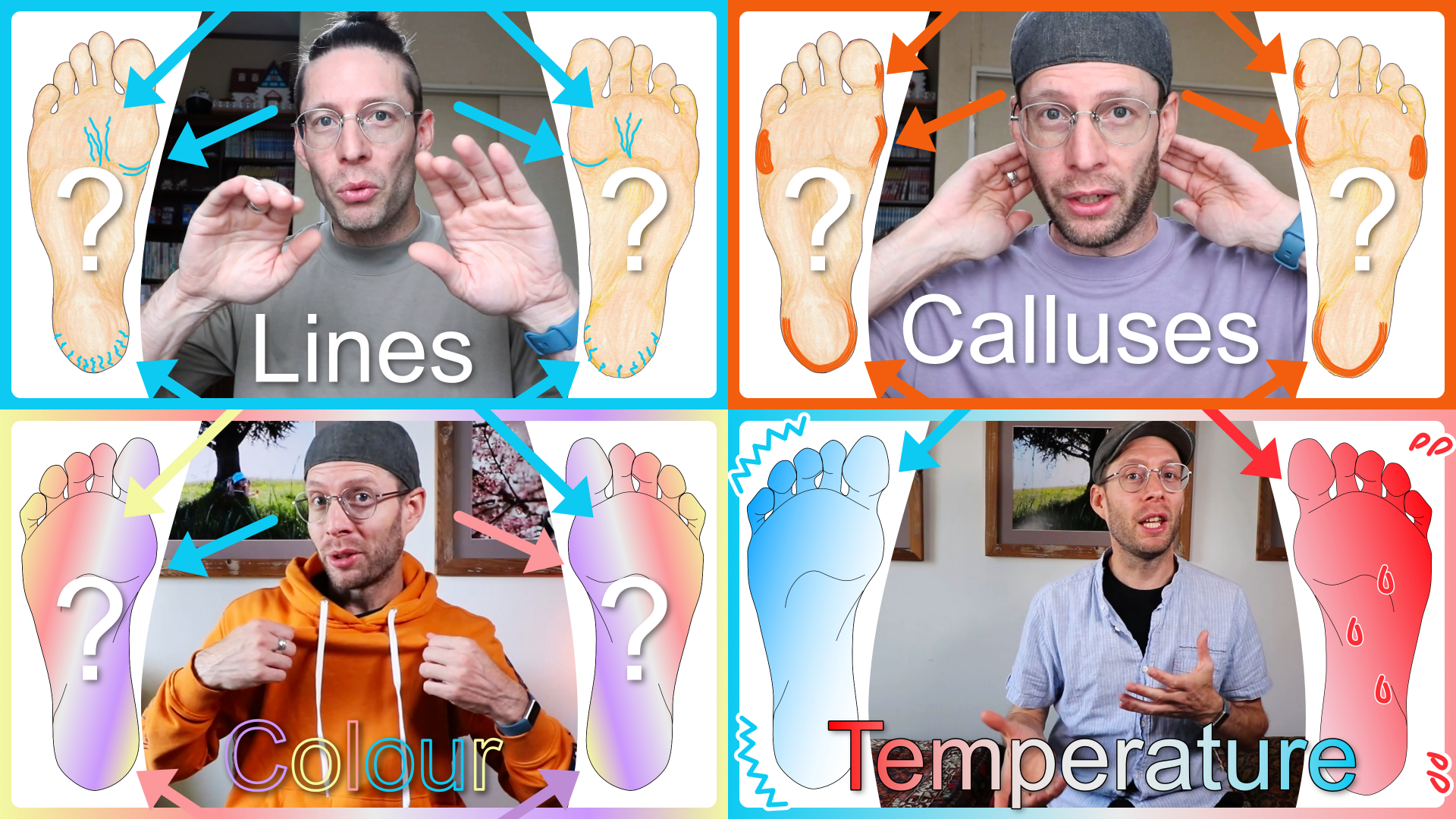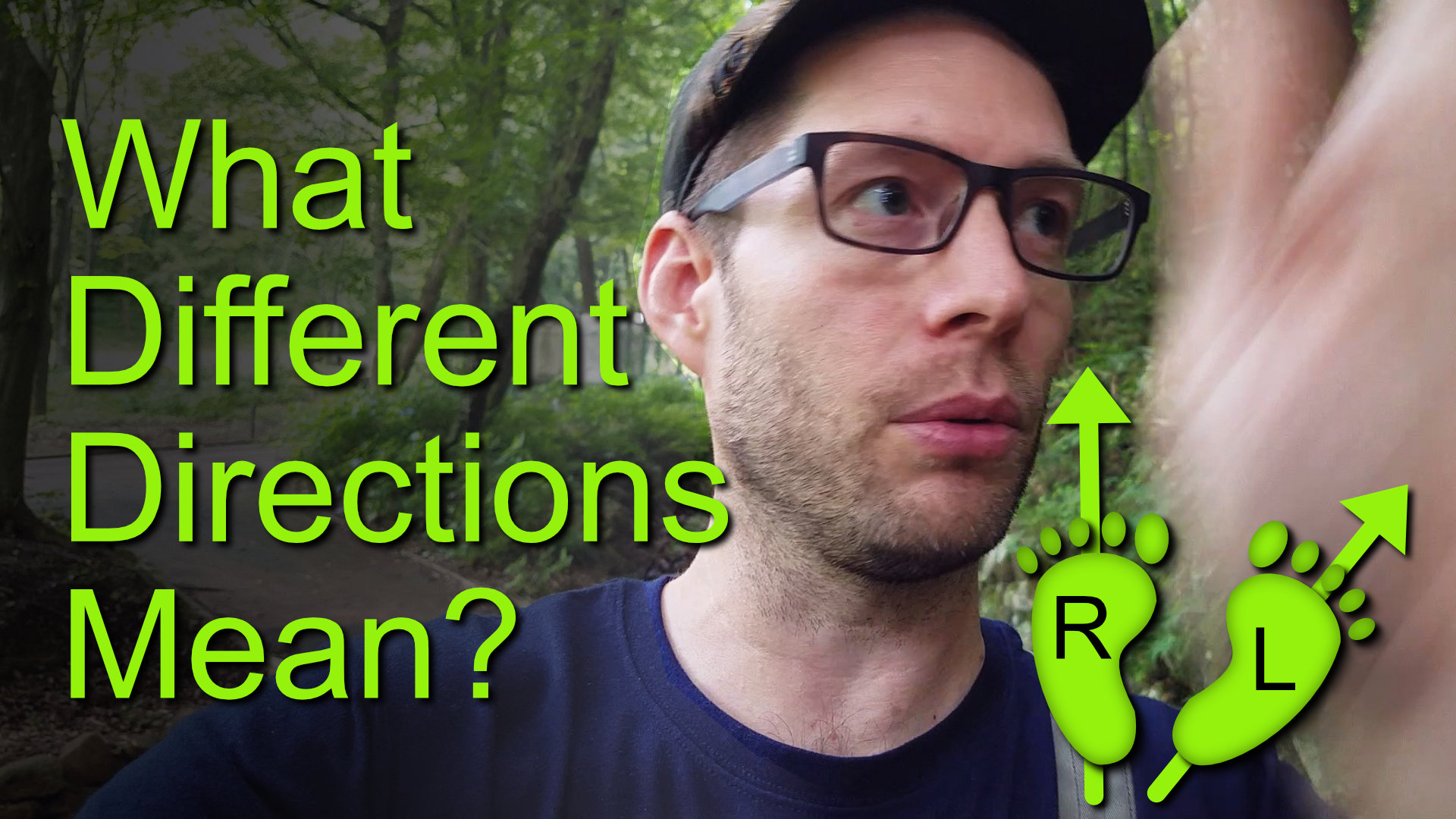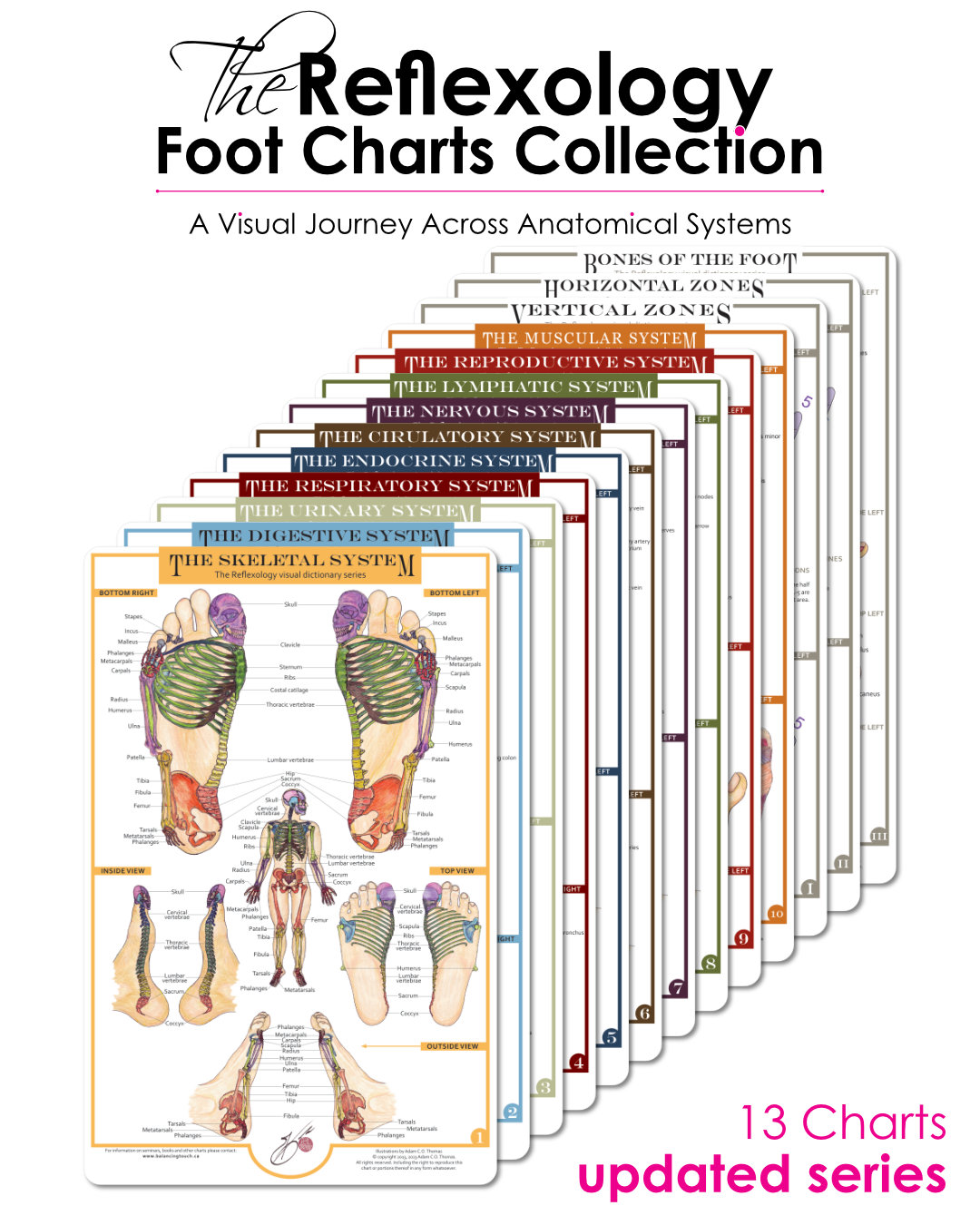Form & Function
by Mark Ainley
Our bodies have remarkable intelligence, and not just in the brain. Our entire organism functions as a brilliant, unified being, with each part informing the whole and vice versa. While in modern society we have a tendency to only view things for their superficial (immediately observable) functions, in nature’s designs there is a lot more going on than meets the eye, with multiple purposes being fulfilled simultaneously. Just as every amoeba, plant, and animal is designed to function perfectly in its environment, so to is every aspect of a human being structured to operate effectively towards its greater purpose.
“In nature’s designs, nothing goes wanting, and nothing is superfluous.” – Leonardo da Vinci
Form & Function
One of the most amazing examples of the connection between structure and function plays out in facial proportion. While most of us tend to think of faces as purely aesthetic in an almost accidental way, your facial structures play a major role in how you perceive and interact with your world: your face is quite literally your interface with reality. In the same way that a wide-angle lens will produce a different picture than a narrow-focus lens, so too will different eye placements, for example, produce different perceptions of reality for the people living inside those bodies. Those different pictures will then lead to different priorities, as what they focus on and see more clearly will drive their preferences and choices. The commonly-heard line (in arguments) “How could you not see that?” could fade to oblivion if we could truly recognize the reality that some people don’t see what others see because of their physiological structure.
Facial structures reveal instinctive response patterns that are genetically pre-programmed; these are then modified by learned experience. While having a certain structure can incline one to behave in a certain way, life experience may have taught us otherwise – so having a certain structure does not mean we will see the behaviour in action all the time. What there likely will be, in that case, is emotional stress as regards the inability to fulfill the naturally programmed inclination. Gaining an understanding of our innate behaviours and learning how to use them supportively can be a powerful support to living a more fulfilling life. If your work and relationships support the natural expression of these behaviours, you will likely feel more fulfilled than if you have taken a job or entered a relationship where your natural inclinations are continually opposed or suppressed.
It is important to point out that there is no one structure that is inherently better than another.There is no one ideal, there is no ‘better than’. Everyone is built and structured to fulfill their unique purpose in this life. Everyone has strengths and challenges, and no one is inherently better than anyone else as a being. Each of us may, of course, have more innate talent or inclinations in specific areas than other people – but it doesn’t make us better as people than others. We are simply different. We are all unique. And yet we all have commonalities.

To take the example given earlier about eye placement: eyes closer together help create a focus on details and what is immediate in terms of time, whereas eyes further apart tend to see a wider horizon, bigger picture, and more expansive time frame.
This is optics. Behaviourally, people with their eyes set close (about one eye’s width between the two eyes, or less) place a high priority on having things done right the first time: details should be met and people should be on time (all of this applies to themselves as well as to others). Those with eyes set wide (the width of one and a half eyes between the two eyes) tend to believe that things will take care of themselves in time and that a priority should be placed on the bigger picture, with a tolerance to let some perceived errors slide in the moment. Those whose eye placement is somewhere in between these two extremes will find themselves inclined to engage in both these behaviours, depending on the circumstances.
Now, there is nothing wrong with either of these traits and behaviours. We need people to take care of the details, and we need people to take care of the bigger picture. What happens, however, is that when one person’s priorities are not met or understood by others, they can take that personally and can try to make the other person ‘wrong’. They can wonder why others don’t see what they see, why they don’t place the same value on what they see as important. And that’s understandable. And now, with the insight brought about by seeing how relative our perception is and how influenced it is by our physical structure, we can see that it is not just a nice philosophical ideal that ‘everyone sees things differently’ – it’s a physiological fact. Other people see and sense things differently than you, and therefore have different priorities.
A challenge can come, too, when we are assigned tasks with our jobs that we are not as cut out for. Now of course anyone can apply themselves to take care of details and the bigger picture, but it can take a little more effort and willingness. But in our modern world, we tend to take jobs for reasons that don’t always suit our natural capacities, and end up feeling stressed because things don’t always hum along smoothly. I believe that if people and businesses had an understanding of these innate behavioural preferences, it could help create a different approach to assigning tasks in work environments and even help people decide if a certain job might use their skill-set more than another.
The 50+ facial structures that are in Three- In-One Concept s’ lexicon of ‘Structure-Function’ traits are only part of the story. Each part of your body has its own emotional and behavioural component too. The symbolic aspects (for lack of a better descriptor) of your body’s functioning speak to another level of our experience. For example, your hands and feet help you move close to something and touch it, or to push it away and go away from it. Your hands can caress or slap, touch gently or punch – in other words, create Oneness or Separation. Your feet can be used to play ‘footsie’ with a lover or to kick something (or someone), they can walk you either towards or away from someone or something – again, Oneness or Separation. The physical level also has correlative associations on the emotional, mental, and spiritual levels of your being – problems with your hands and feet can highlight where your feelings, ideas, and state of being are compromised when it comes to issues of Oneness and Separation.
When we understand that our body is functioning on multiple levels at the same time, we can gain a holistic appreciation for everything that it does. It can also give us new insight into the conditions that challenge us. Every bruise, itch, ache, and pain can give us clues as to what is out of balance not just physically but also emotionally, mentally, and spiritually. While I wouldn’t suggest ignoring immediate physical care in favour of looking at other levels (if you are bleeding, stop the bleeding before sitting around wondering what it ‘means’), we can gain valuable insight when we understand how to ‘read’ what our body is experiencing.
Your body is indeed a temple and the writing is on its wall – it stores more information and
has functions that go beyond what we see with our physical eyes and our consciousness
as we’ve trained it in our culture. Fortunately there are many alternative healing practices
that can help you gain more of an understanding of your body’s brilliant functioning and to enable a holistic approach to healing.
May you and your body enjoy each other’s company!
Mark Ainley is a Three-In-One Concepts facilitator and instructor, and a Contemporary Feng Shui Consultant. Part of his practice with Three-In-One is devoted to helping people understand their own instinctive individual response patterns through ‘Structure-Function’ analysis. A dynamic and interactive workshop facilitator, Mark has an international client base for his workshops and individual consultations.
www.markainley.com







